Global leaders have committed to end all forms of malnutrition by 2030 as part of the United Nations’ sustainable development goals (SDGs), but malnutrition still remains the biggest challenge in the world.
Ahead of Tokyo Nutrition for Growth (N4G) Summit 2021 on Tuesday and Wednesday, Japanese nutrition experts say Japan’s expertise from past experiences could play a pivotal role in helping other nations address their nutrition issues.
In Japan, various facilities from schools and company cafeterias to hospitals offer healthy balanced food services with nutritional specialists who provide dietary guidance.
Though most Japanese people take this for granted, Teiji Nakamura, president of both the Japan Dietetic Association and Kanagawa University of Human Services, said this is the result of long-time government efforts to promote food and nutrition education and make the job of dietitian an established occupation in Japan.
“Japan has one of the highest ratios of dietitians per population in the world,” Nakamura said.
According to the health ministry, there were over 250,000 registered dietitians in Japan as of 2020. “In other countries, nutrition specialists exist in academic circles, but they tend to be researchers at universities more than practitioners who make sure healthy balanced food is offered at various facilities,” Nakamura said.
Western countries also have nutritional specialists, but they usually work at hospitals and other specialized institutions, and healthy people don’t have as much association with such specialists in everyday life as in Japan, Nakamura claimed.
Thanks to its focus on dietitians and nutrition education, Japan today is known around the world for having healthy dietary habits and strong longevity.
Japan had been engaged in nutrition improvement activities even before World War II because its populace often suffered from nutritional deficiencies caused by food shortages.
Soon after the war, school lunch programs began and many companies started to provide meals at company cafeterias. Under the government’s nutrition improvement campaigns dietitians at health centers started advising communities by teaching sensible cooking methods and distributing educational materials.
Due to such efforts, despite the devastating war, Japan overcame severe food shortages in the first decade afterward, rebuilt its cities, focused on manufacturing and went on to achieve tremendous economic growth. As it became more affluent, the number of overweight people also grew but Japan managed to curb it, Nakamura added.
“Our country has experienced both undernutrition and overnutrition, the problems that many countries in the world are still suffering from, and we managed to overcome both problems in the past 70 years and become the country with the world’s highest longevity rate,” he stressed.
Based on its own experience, Japan has exported nutrition improvement programs to other Asian countries, helping them to create healthy populations.
Vietnam is one of the first countries that Japan supported in this area. While some people in Vietnam still suffer from undernutrition and low body weight, obesity and diabetes caused by an unbalanced diet was also becoming an issue in the country, one that Japan had already faced.
Based on Japan’s experience in utilizing dietitians, Nakamura, along with the private sector and the Japan International Cooperation Agency, tried to establish a program to train dietitians in Vietnam to offer education in collaboration with the Vietnam National Institute of Nutrition.
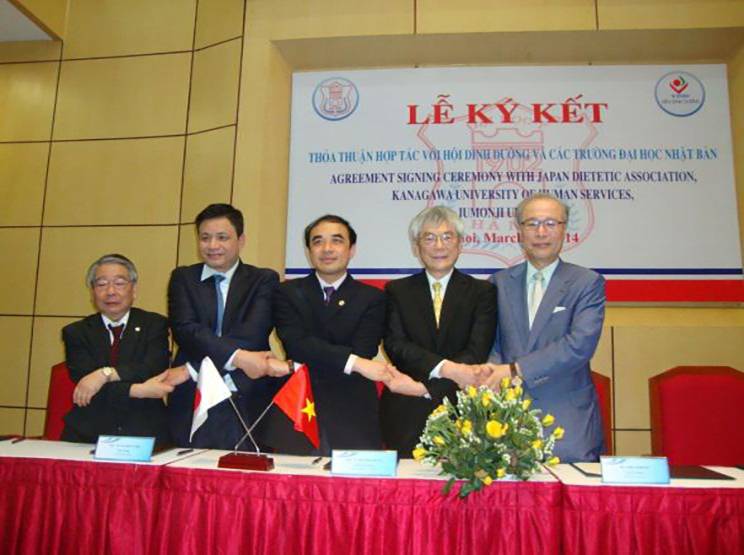
With the support of professionals from Nakamura’s association, his university and Jumonji University, the project bore fruit in September 2013, when Vietnam’s first four-year bachelor’s degree in nutrition was offered at Hanoi Medical University.
“To create a training program, a total of nearly 40 Japanese professionals gave lectures at Hanoi Medical University. We lectured in English, local educators translated the lectures into Vietnamese and they then created textbooks based on the lectures,” Nakamura recalled.
Since the students needed to have field work as part of their training, about 10 students were invited to Japan and trained at schools, companies and other facilities where meals managed by dietitians are served.
In 2015, the Vietnamese government drafted a job code for dietitians, and for the first time dietitian was recognized as an occupation in Vietnam. The country’s first 43 dietitians started working in 2017. Now Vietnam has 10 universities that can produce dietitians.
Another notable project in Asia using Japan’s know-how is being led by the Nutrition Japan Public Private Platform (NJPPP), a partnership that promotes nutritional improvement projects in developing countries, including Indonesia, Cambodia, Vietnam and Myanmar.
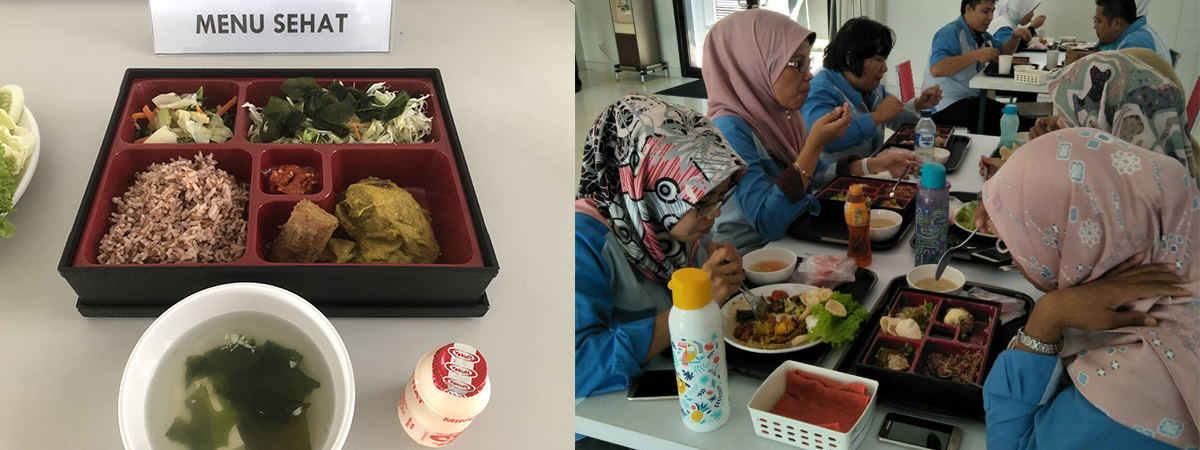
In 2016, NJPPP visited Indonesia to conduct research on the dietary environment at factories. A project was launched in 2019 to encourage workers at Japanese factories in the Kota Deltamas industrial complex to adopt healthy dietary habits.
Previously, those factories provided meals containing little vegetable content and lots of fried foods. Under the project, the menu was redesigned to offer a better balance of fats, protein and energy and to increase vegetable content, according to Ryuji Yamaguchi, executive director of NJPPP.
At the same time, factory workers were asked to use a checklist to record what they ate, while being encouraged to eat food from different food groups, such as meat, fish and green vegetables.
In 2018, an NJPPP project in Cambodia found young women of child-bearing age had low levels of folic acid, which increases the risk of neural tube defects in newborns.
“Young Cambodian women eat a lot of rice, but they eat very few side dishes. So, we created fortified rice with essential micronutrients, and gave the rice to a group of female workers and monitored them for three months,” Yamaguchi explained.
They also conducted a unique initiative in 2019 using blockchain technology to educate workers about nutrition. They introduced a smartphone app developed by the Fujitsu Research Institute to Cambodian factory workers for recording the details of the foods they consume at home and at work.
“App users can collect stamps for eating a variety of food and receive prizes accordingly. Because it uses blockchain technology, it can also collect big data over time,” he said.
In both Indonesia and Cambodia, the NJPPP also used a method called Take 10 that encourages people to take 10 minutes off for exercise at least twice a day and eat from 10 specified food groups every day, excluding staples such as rice and bread.
Yamaguchi said their efforts bore fruit in both countries, such as by increasing the intake of key nutrients through fortified rice and promoting changes in dietary habits. Productivity and motivation among the factory participants also improved.
The Japan Dietetic Association, as well as Yamaguchi, will each be holding side events during the N4G Summit.
Both Yamaguchi and Nakamura emphasized that it is important to provide assistance that is both sustainable and responsive to local needs.
“For example, even though Japanese food is considered to be healthy, it is wrong to just take it to other countries because they won’t accept it as their diet,” Yamaguchi said. “When starting a project, it is crucial to understand local food culture and their diet, so people will accept the change. To do that, it’s also important to work with local people.”
Nakamura also said providing money or food to a country suffering from poverty and undernutrition only saves it temporarily and does not represent a sustainable solution.
“What happens if the assistance is halted in five to 10 years? That is why Japan is providing education and trying to nurture human resources,” he said. “If you want to save a country’s health care, you need doctors. Likewise, if you want to make nutritional improvement in a country, you need to foster nutritional specialists.”
This page is sponsored by the government of Japan.
Download the PDFs of this Tokyo Nutrition for Growth Summit 2021



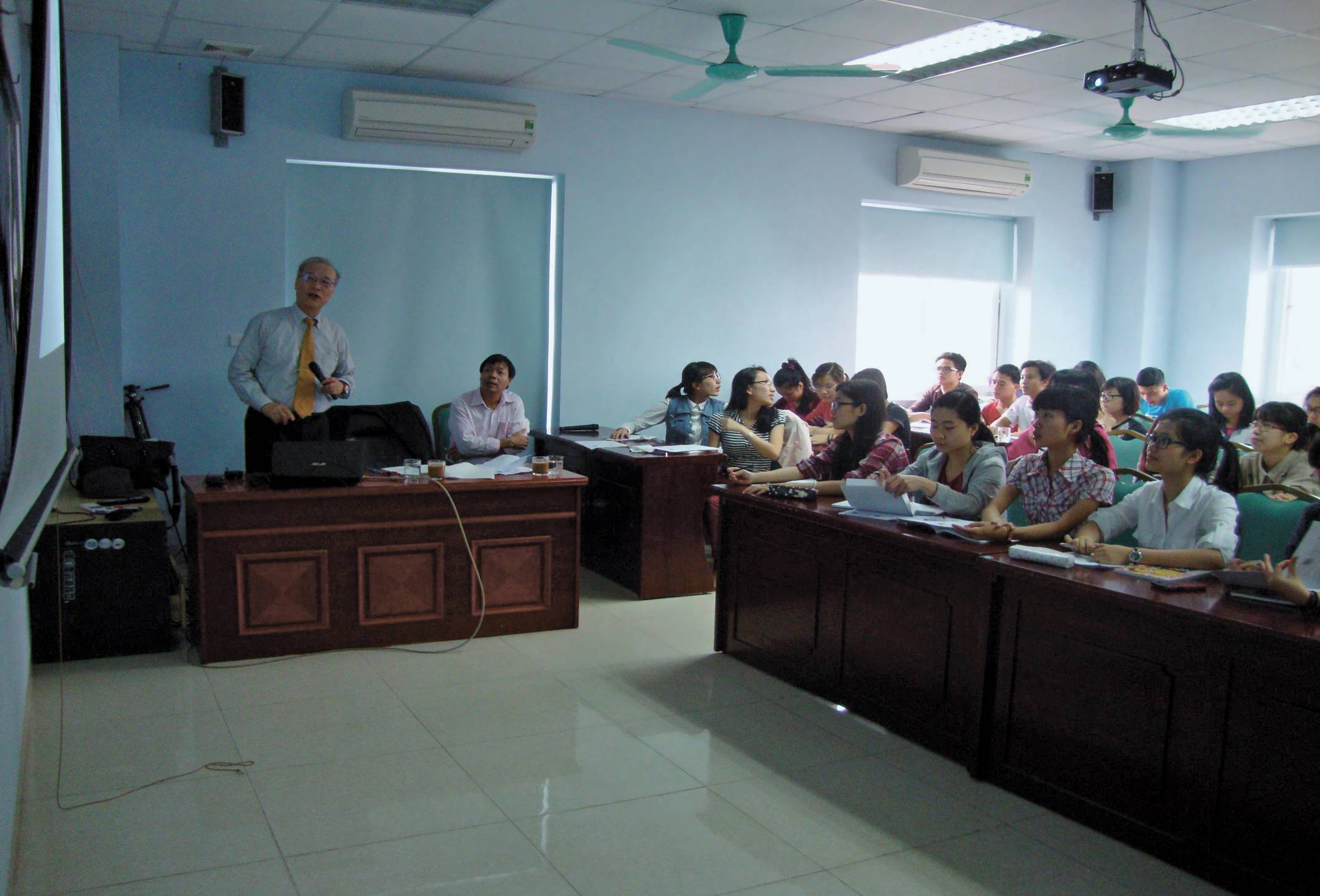

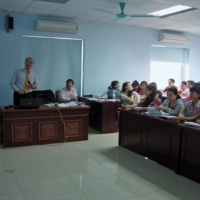
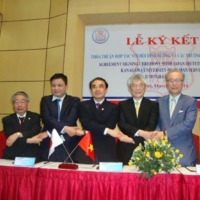
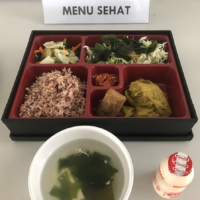












With your current subscription plan you can comment on stories. However, before writing your first comment, please create a display name in the Profile section of your subscriber account page.